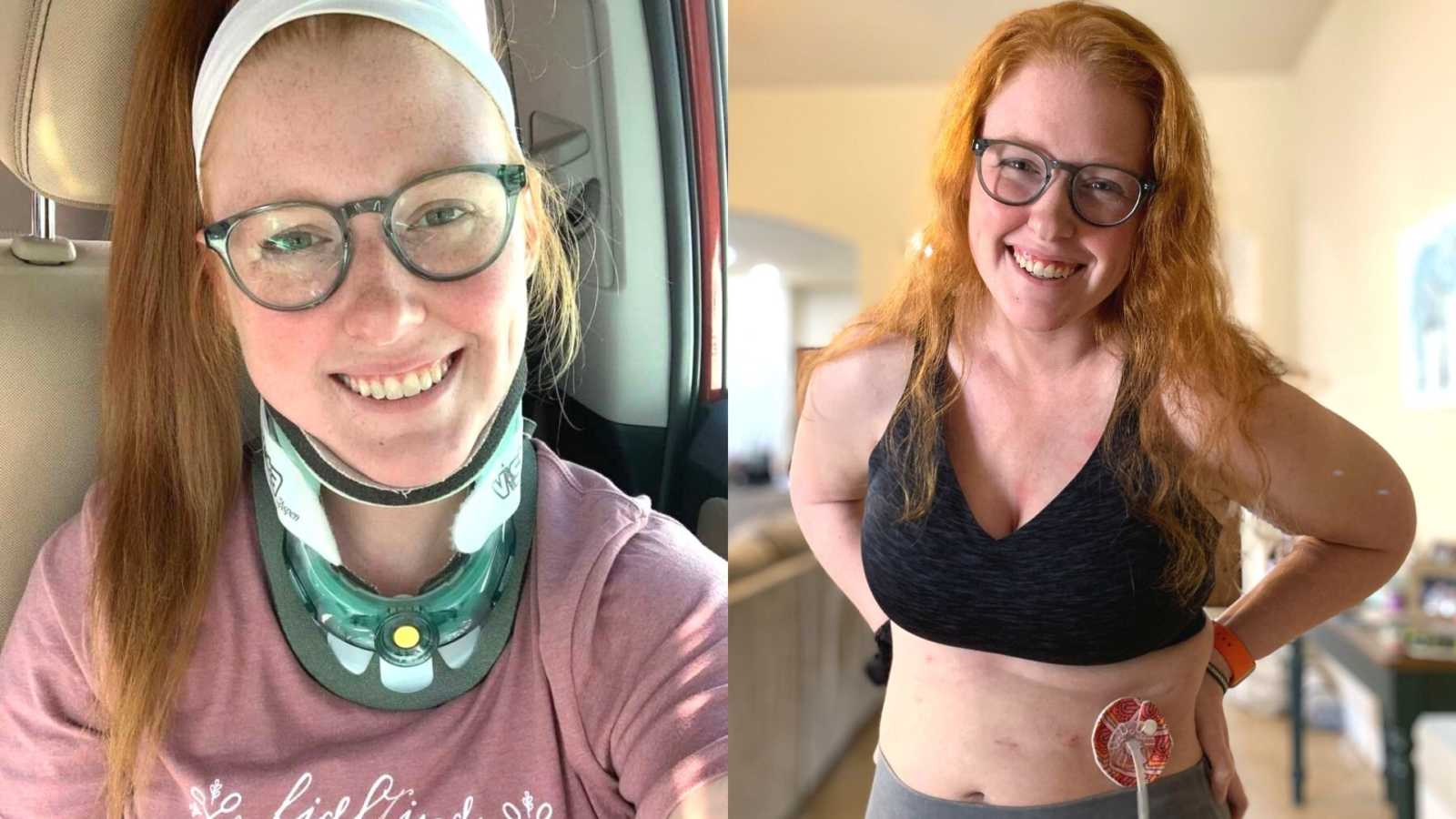“Growing up, there was always something wrong— my head always hurt, my neck hurt, my hips hurt, my stomach hurt. I was allergic to everything, and I always had some sort of infection. My pediatrician called me a drama queen and told my parents they needed to spend more time with me. Things really started to get worse in second grade, though. That year was the first time I dislocated something, and the first time I almost died.
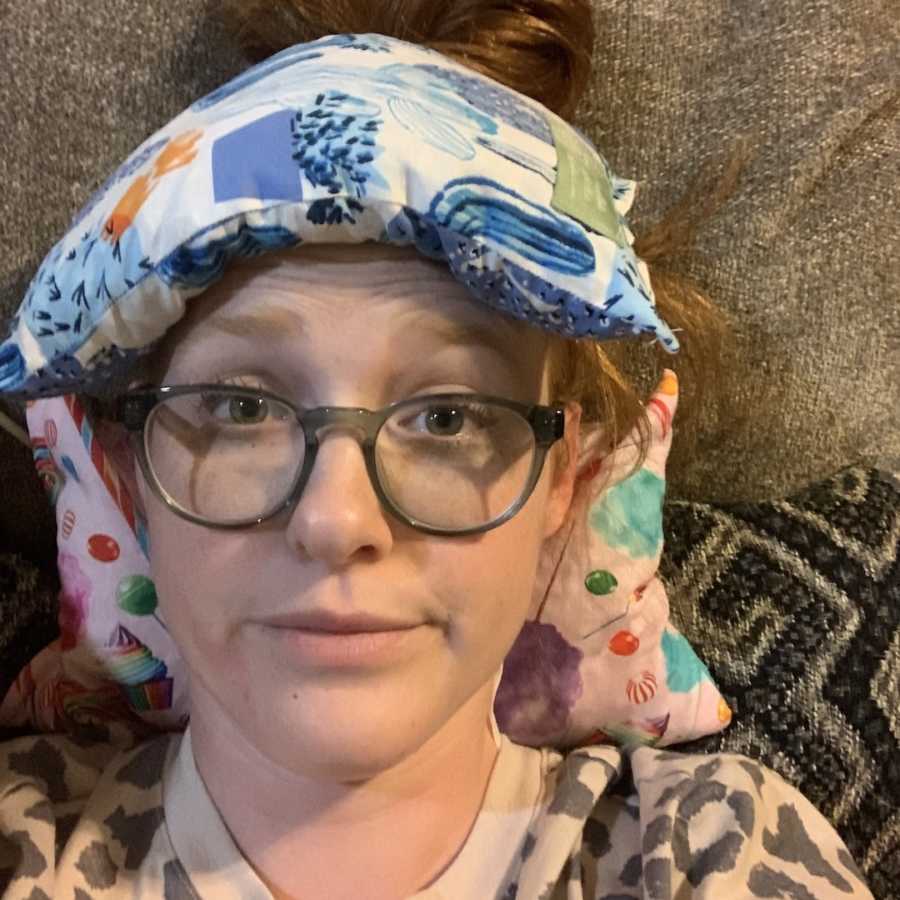
My pediatrician finally decided to do allergy testing when I was about 7. When they did my skin testing, I came back as allergic to almost everything they tested for, and we started on allergy shots right away. About 11 or 12 weeks in, I reached a point where I was having really bad allergic reactions to the shots themselves, and we had to keep repeating the doses. My doctor said it wasn’t possible, and wanted to increase the dose the next week. The night of the next dose, my mom held my limp body on the couch as my family waited for paramedics to arrive. I had a delayed anaphylactic reaction to the shots and in combination with pneumonia I had, I almost died. I was diagnosed with asthma the next day, and we discontinued the allergy shots.
The first time I dislocated anything was that same year. I dislocated and badly sprained my wrist chasing my sister down the hallway at our house. I slipped and tried to catch myself by grabbing the door frame. I instantly felt my wrist pop, and the pain was beyond anything I had ever felt in my seven or so years of life. My parents took me to the emergency room the next morning, and I had everything wrapped up in an elastic bandage for several weeks. Oddly enough, my wrist was never the same after that, and always felt ‘weird.’
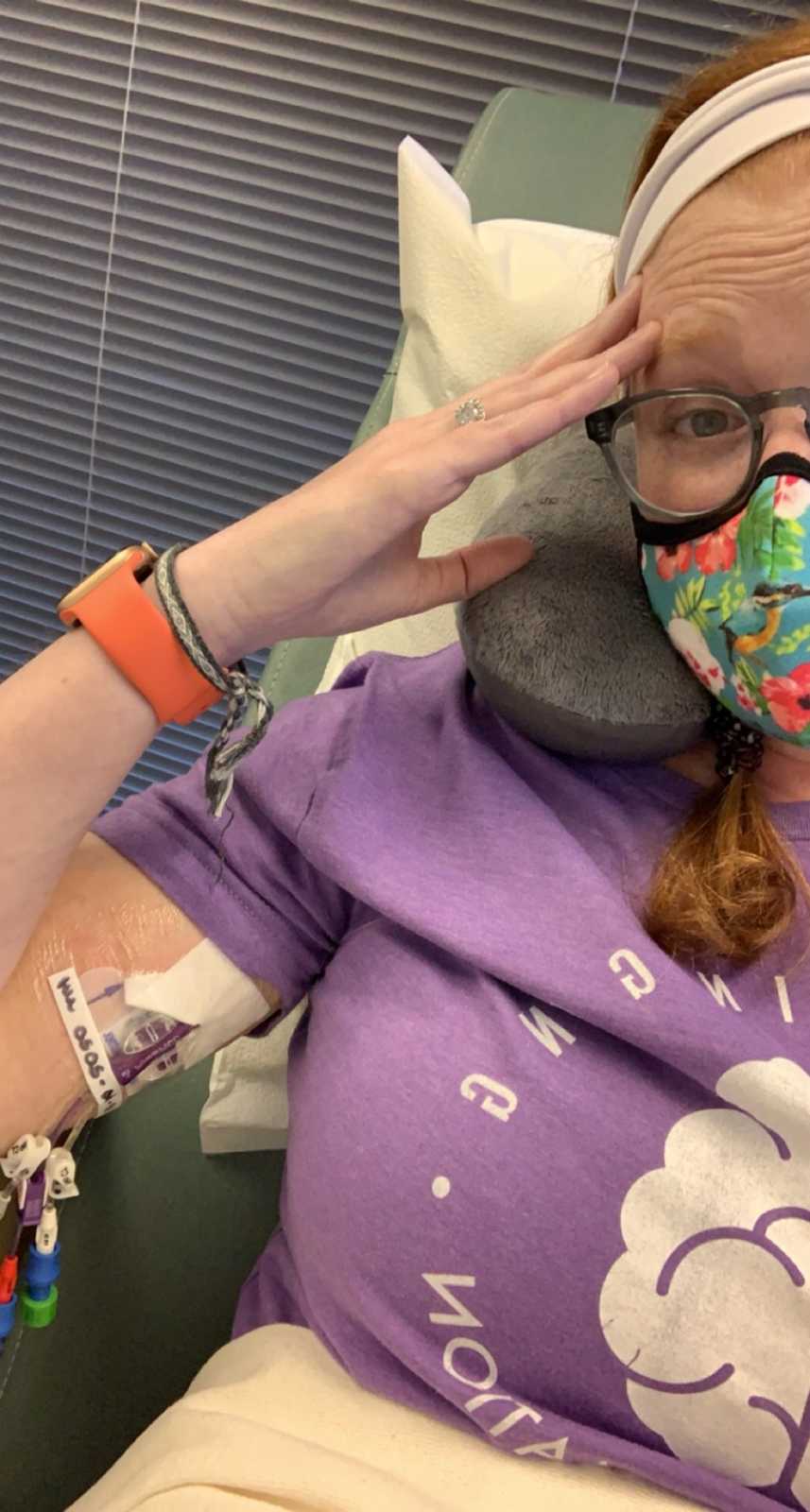
Continuing through elementary school and middle school, I kept getting sick. And kept getting injured doing the most mundane or random of things— sleeping in a car, doing a cartwheel, riding a scooter, stepping down off a curb, missing a step on a flight of stairs, playing tag— things most normal people wouldn’t get injured doing. I started being bullied by classmates because I was the girl who was always on crutches or always in a cast. So many people told me I was just faking. Even my orthopedic doctor was questioning my parents at that point, and Child Protective Services had gotten involved, as injuries weren’t showing up on imaging. I hated it so much. I just wanted to be normal. I remember going to doctor appointments and wishing my ankle would be broken because at least then I’d have a reason to be in pain, and people would believe me. But no, it was always ‘just a sprain,’ and I always took at least twice as long to heal. I remember one doctor looking right at me saying, ‘I know we’re missing a piece of the puzzle here, but I just don’t know what it is.’ We’d also tried allergy shots again, as my allergies were still wildly out of control, but I just ended up being too allergic to the shots to continue. I also started to develop debilitating migraines, which were terrible to deal with at 11 years old. I’d always had a headache at the back of my head. I woke up one day when I was 6 with this headache and it just never went away.
In high school, I had my first orthopedic surgery. I partially dislocated my knee running in volleyball and tore my meniscus and MCL. Recovery from that should’ve had me walking in just a few weeks, but instead, it took me nearly 2 months to be able to be completely weight-bearing. After that, bigger and bigger injuries kept coming. My shoulder would dislocate and hurt constantly, but since it was never visible on imaging, nothing could be done about it. Then I completely tore the ligaments in my ankle playing softball and had to have reconstructive surgery. I made it out of a cast literally the day before prom. Yet again, I went through allergy testing and started allergy shots. And yet again, I got to a certain point before I became too allergic to the shots to continue. My allergist was stumped, ‘You’re too complicated for me to figure out.’ I had a break from my migraines for a few years, but my senior year of high school they returned with a vengeance.

When I started college, I had more weird things that started to pop up. I was constantly so exhausted I’d often miss my first class at 12:40. My migraines were getting to be so severe and unpredictable they couldn’t be controlled with any medications, and I spent a lot of time in the emergency room. I also had issues with my thumb dislocating after an injury in ice hockey, and I kept having my thumb and wrist cast every few months to try to tighten up the ligaments. I got pneumonia a few times, broke my wrist twice, re-tore my MCL, sprained my repaired ankle again, started to sublux vertebrae in my lower back, and had my appendix taken out— all before I graduated in 3-and-a-half years. I started my master’s degree right after graduation, and not long after that, I started having debilitating stomach pains after I ate. I vividly remember going to an interview for a school district I really wanted to teach in, signing a contract with them, and celebrating by going to the emergency room. At that point, we discovered my gallbladder had stopped functioning, and to this day, we still have no idea why.
A few months later, I dislocated my thumb yet again and was having really intense pain in my wrist. My orthopedic surgeon referred me to a hand surgeon because he felt like there was something more going on, even though nothing was showing up on imaging. The first time I met with this surgeon, something just felt different. Right away she treated me like she knew there was something bigger going on, and ordered very specific MRIs of my wrist and thumb. She said, ‘They came back mostly clear, but you have a tendon issue in your wrist that needs to be corrected. Although your thumb didn’t show anything on imaging, I know something is wrong, and I want to go in and look at it while you are already under.’
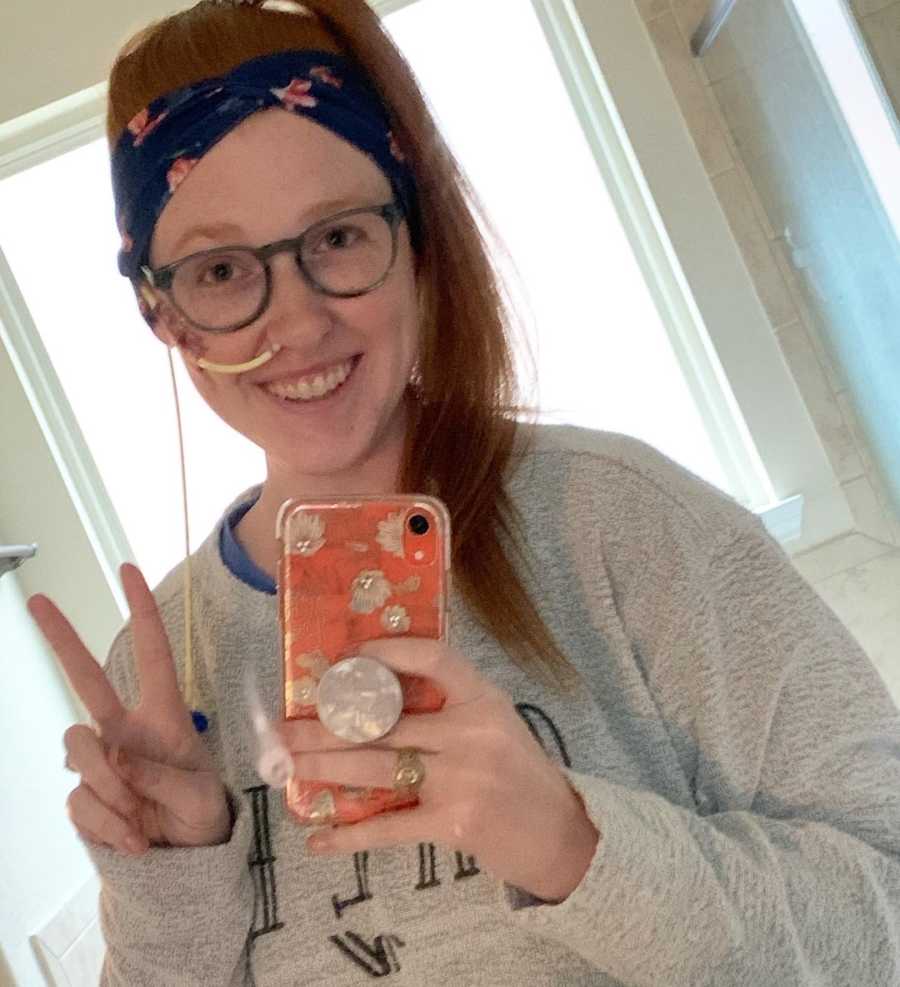
‘Have you ever heard of Ehlers Danlos Syndrome?’ That was the first time I’d ever heard those words. Ehlers Danlos Syndrome. My surgeon handed me a one-page printout at my post-op visit and explained when she had started to operate on my thumb, the ligaments were so loose they couldn’t hold my thumb in its socket properly. I left that appointment with instructions to follow up with my primary care doctor and see what we could figure out.
My primary care doctor admitted he didn’t know much about EDS but sent in referrals for both rheumatology and genetics. Rheumatology got me in the following month, but I wasn’t able to get in with genetics until May. In the meantime, I had started my first year of teaching and was still struggling greatly with fatigue and allergy issues. When I finally saw rheumatology, he dismissed me quickly. I was told since I didn’t have stretchy skin, didn’t pass out often, and didn’t have GI issues, there was no way I had Ehlers Danlos Syndrome. The thing was, he never asked if I’d had those issues. I’d had GI issues and abdominal pain since I was little, and at that point in my life had been to several gastroenterologists who told me I had acid reflux or anxiety. I had syncope and pre-syncope episodes, which had started when I was much younger. I’d seen several different cardiologists for this, and other heart-related issues over the years, but again it had all been chalked up to anxiety. That rheumatology appointment was one of the biggest letdowns I’d experienced up to that point. I didn’t want there to be a problem. If there was a problem, I wanted to know what it was so we could figure out how to help it. However, that appointment did do something good for me in the end. It was the first time I ever considered all of my different issues with no apparent connections were, in fact, somehow connected.
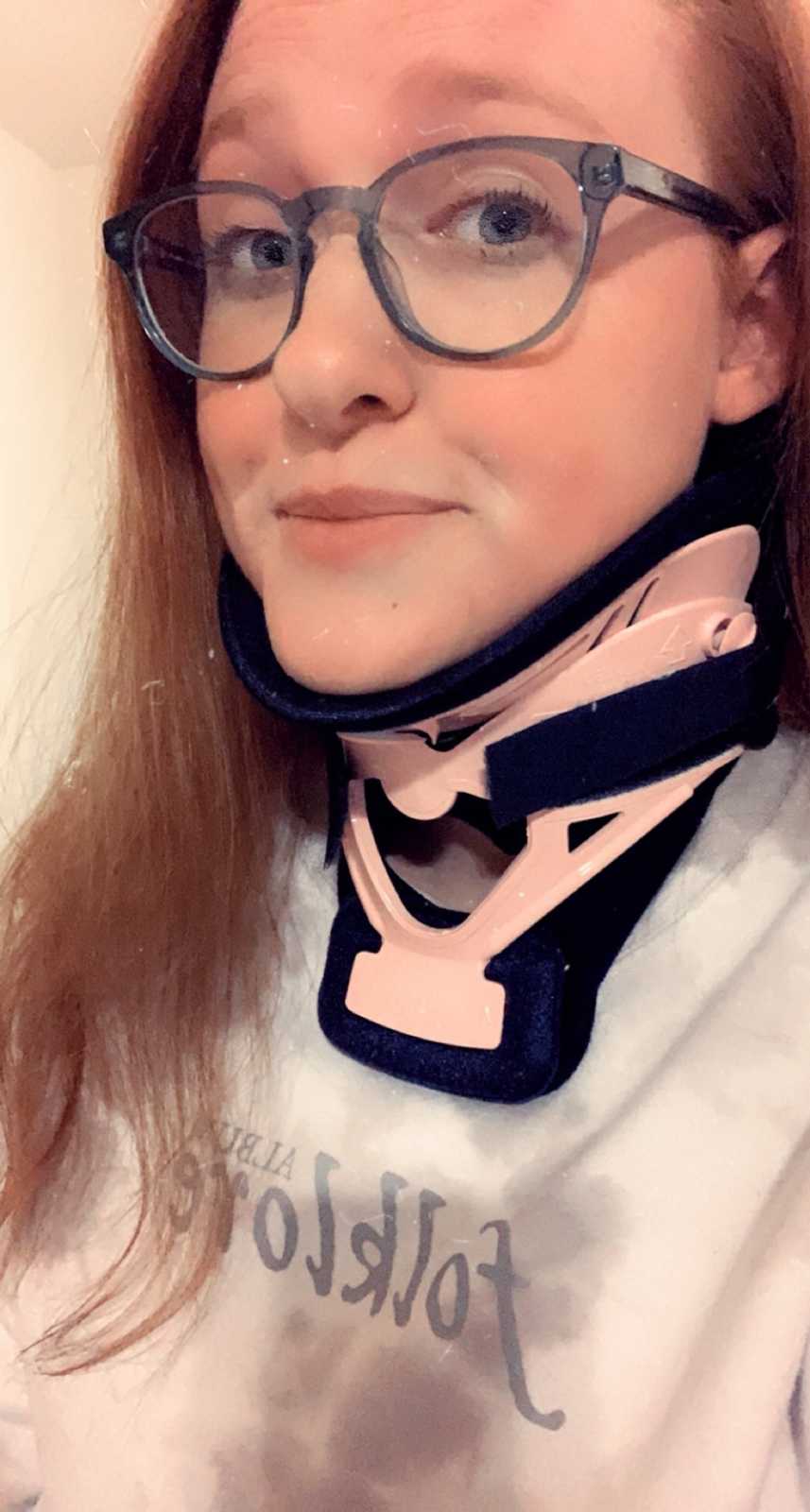
After that appointment, I dove headfirst into researching Ehlers Danlos Syndrome. So much of it sounded just like me. I was literally able to tick off almost every box of symptoms, the Beighton scale, other conditions… I just knew in my heart that was what I had. In the months that followed, I had to have shoulder surgery, I met the best physical therapist ever, and I continued working on my master’s degree. Waiting until May for genetics seemed like forever.
May 15, 2015, was one of the most bittersweet and memorable days of my life. ‘There’s absolutely no doubt you have Ehlers Danlos Syndrome and Postural Orthostatic Tachycardia Syndrome (POTS).’ I cried. My mom cried. They were tears of relief, joy, and sadness all rolled into one. After years of being told I was faking, just anxious, or just needed to exercise more, we finally had an answer for almost everything that had ever gone on in my life. I left that appointment with referrals to GI, neurology, physical medicine and rehabilitation, allergy and immunology, and then graduated that night with my master’s degree.
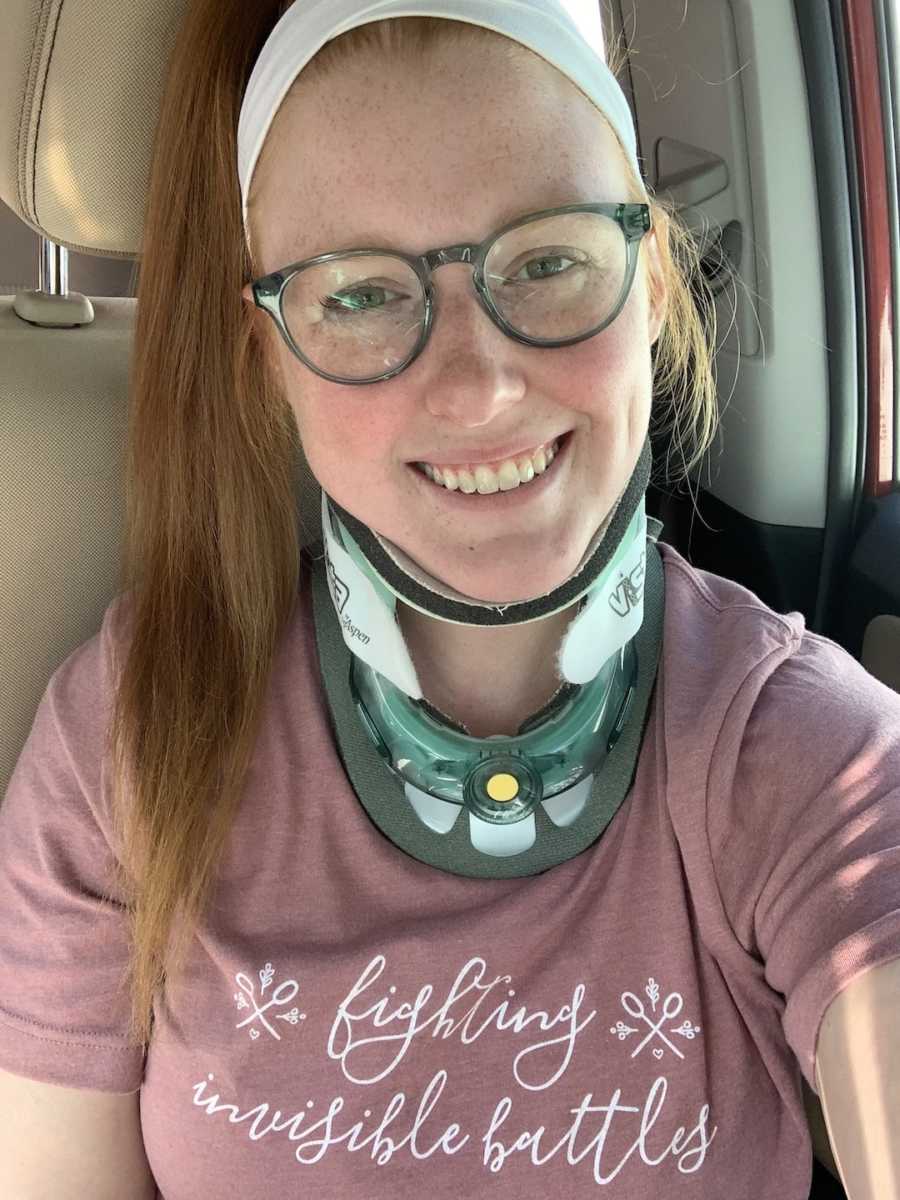
Getting the diagnosis of EDS was just the beginning, but I had no idea. Later that year, I had to have another reconstructive surgery on my ankle. I developed two blood clots in my leg, and after some severe medical negligence, I nearly died from blood loss. I had to have multiple blood transfusions, weeks of iron infusions, and injections to help my body produce red blood cells again. The whole experience was incredibly traumatic. In 2016, after over 15 years of failed allergy shot trials and at least 10 different rounds of allergy testing, I was diagnosed with Mast Cell Activation Syndrome. Another piece of the puzzle was in place. It explained so much— why I developed severe and sudden allergies to things I wasn’t allergic to before, why I often was covered in hives, why my face and chest would turn bright red for no reason. It made so much sense.
After meeting with my new doctors and finding medication and therapy regimens that worked for me, it felt like I was finally getting to a point in my life where I was stable and (dare I say) healthy. I had flare-ups and bad pain days here and there, but otherwise, I felt pretty okay.
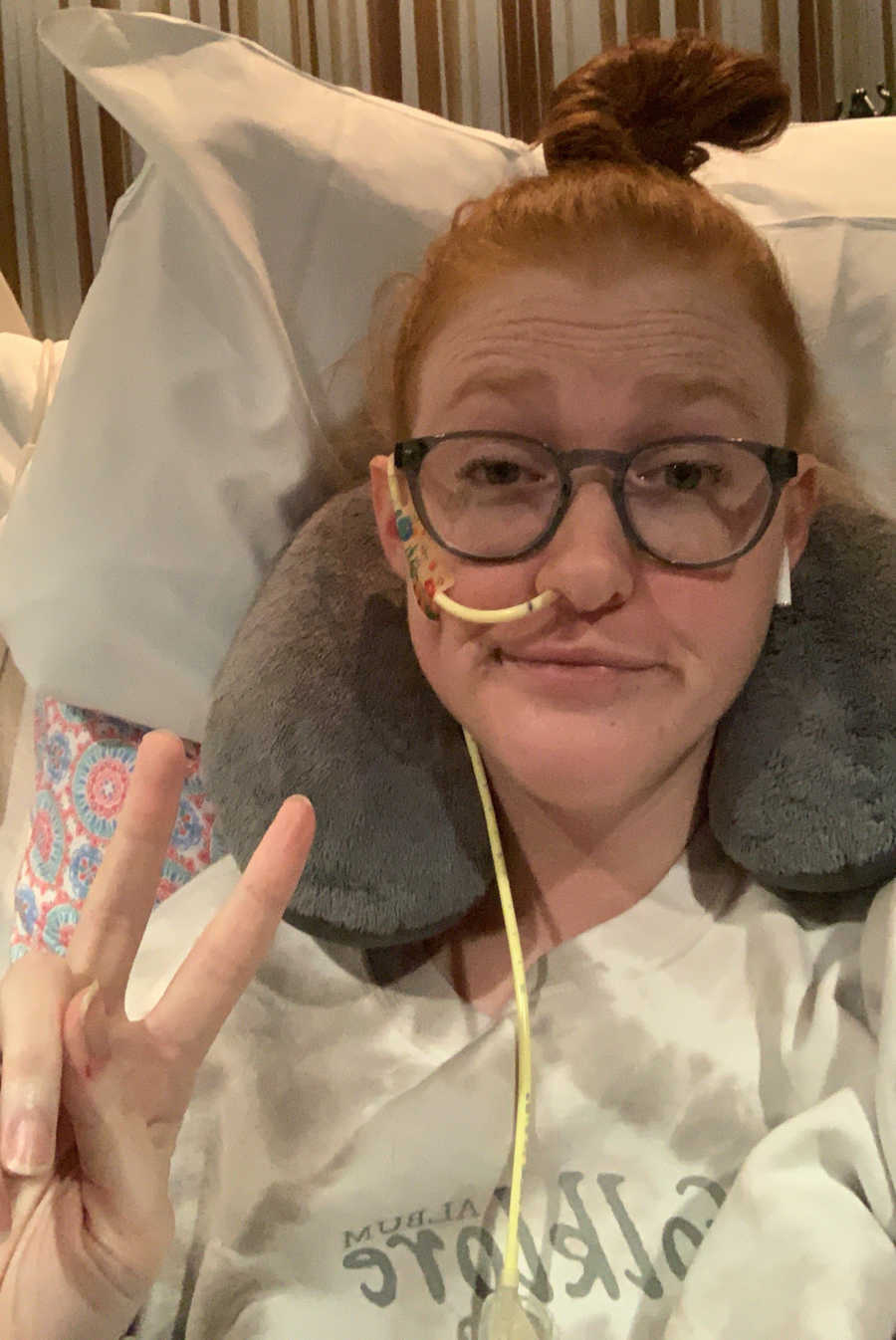
Fast forward to September 2019— things start going downhill, and we don’t know why. I woke up one day after going to a wedding with a really bad headache and nausea. I assumed it was a hangover. But it was still there the next day. And the next week. And the next month. Nothing helped. I saw my neurologist several times for intense IV migraine treatments, and even that couldn’t break the headaches. I had MRIs, CT scans, a lumbar puncture, and more x-rays than I can count. Every single one of them came back negative. After 4 months of not having answers, my neurologist told me ‘sometimes people just get bad headaches and there’s nothing we can do about it.’ I left her office, cried in the parking lot, and ate ice cream for dinner. After that, my physical medicine and rehab doctor worked together to do anything possible to figure out what was going on.
After over 9 months and many doctors not having answers, a very specialized and incredibly intelligent neurosurgeon in Maryland had answers that had been there all along. I was diagnosed with a Chiari Malformation, craniocervical instability, and atlantoaxial instability. He’d asked how long I’d been diagnosed with these, and when I said he was the first to diagnose it, he was angry at the other doctors who had done imaging and missed it. My conditions aren’t minimal. They’re incredibly visible on imaging. I don’t think I’d ever felt so validated as I did after that appointment. We scheduled surgery to correct my Chiari Malformation and fuse my first two vertebrae to the base of my skull for the end of November 2020.
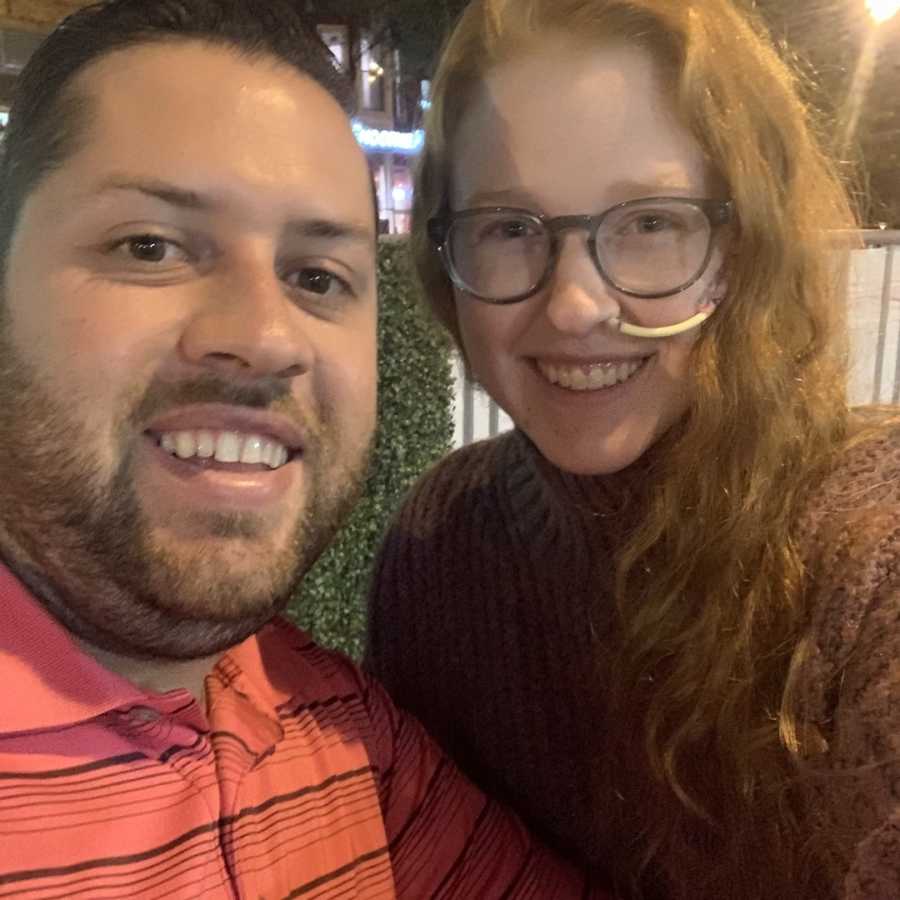
While all this was going on, I was also dealing with worsening nausea and vomiting. Food was miserable. I love eating, and my favorite foods and snacks were now becoming the enemy. I’d eat food, be curled up in a ball in pain, and then be throwing up hours later. It kept getting worse and worse. I had a referral to a new GI doctor in the middle of nowhere in Texas, and the first time they could get me an appointment was over 2 months away. At that point, I’d lost over 40 pounds from not being able to keep food down. I was collapsing often. I had no energy at all. I called the office back, sobbing and explaining what was going on, and got an appointment for just a few days later. My new doctor recognized something was wrong and decided to admit me for testing and an ND feeding tube. It was then that I was diagnosed with Gastroparesis, and a suspected Median Arcuate Ligament Syndrome (MALS) diagnosis was confirmed.
After just a few days of having the feeding tube, I could tell a huge difference. I had energy, I wanted to do things, and I was feeling better in general. However, just 3 weeks after having the tube placed, it clogged. I was admitted to the hospital yet again, and this time I had two major surgeries at one time. I had a J tube placed, which is a feeding tube that goes straight into your small intestine, and I had MALS surgery. The recovery was one of the hardest recoveries I’ve ever had to endure, but I was able to eat food again without debilitating pain! I thought that everyone’s stomach just hurt when they ate or pressed on it. I had absolutely no idea the pain I’d been dealing with my whole life was yet something else that wasn’t normal.
Currently, we’re managing symptoms of everything the best that we can. After being malnourished for so long, my body is having a hard time adjusting to having nutrients again. I have a hard time staying hydrated, so I have a PICC line and run saline infusions at home every other day. I’m looking at potentially two more stomach surgeries in the near future, which is crazy to think about. Unfortunately, my Chiari and neck fusion surgery was canceled due to Covid numbers spiking again. I’m hopeful we will be able to reschedule it for late May or early June.
Through all this, I wouldn’t be able to make it if it weren’t for my amazing fiancé, my family, and my friends. My fiancé helps me with my meds, sets up my feeds, assists me with my infusions, and loves me through all of the crazy things that 2020 has thrown at us. I may not have all of the answers right now, and I may not be as healthy as possible, but that’s okay for now, my story isn’t over yet.”

This story was submitted to Love What Matters by Sarah Stebbins from Houston, TX. You can follow her journey on Instagram. Submit your own story here and be sure to subscribe to our free email newsletter for our best stories.
Read more stories about Ehlers Danlos Syndrome here:
Do you know someone who could benefit from reading this? SHARE this story on Facebook with family and friends.

